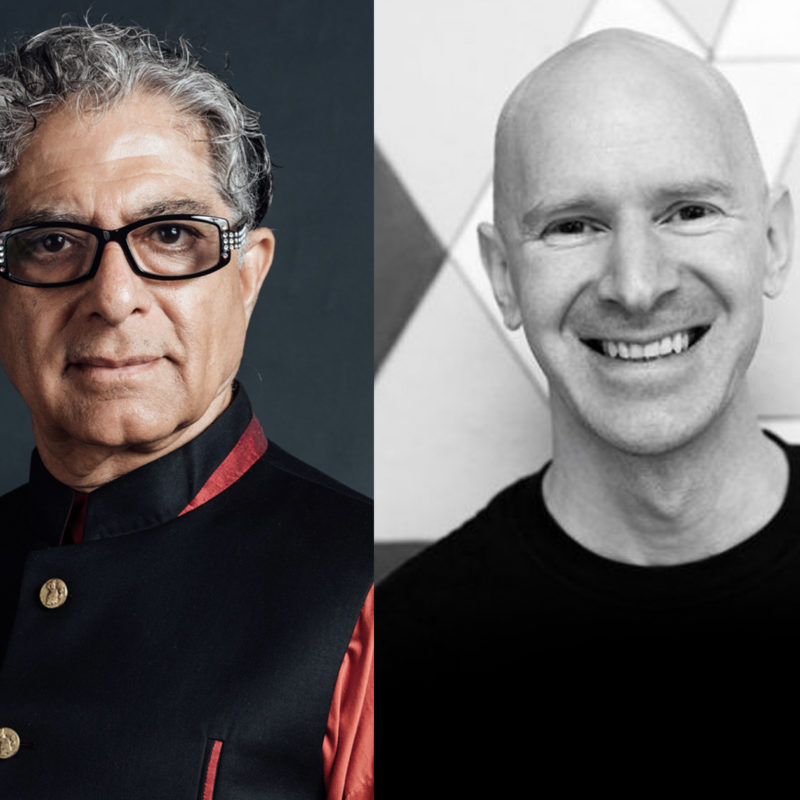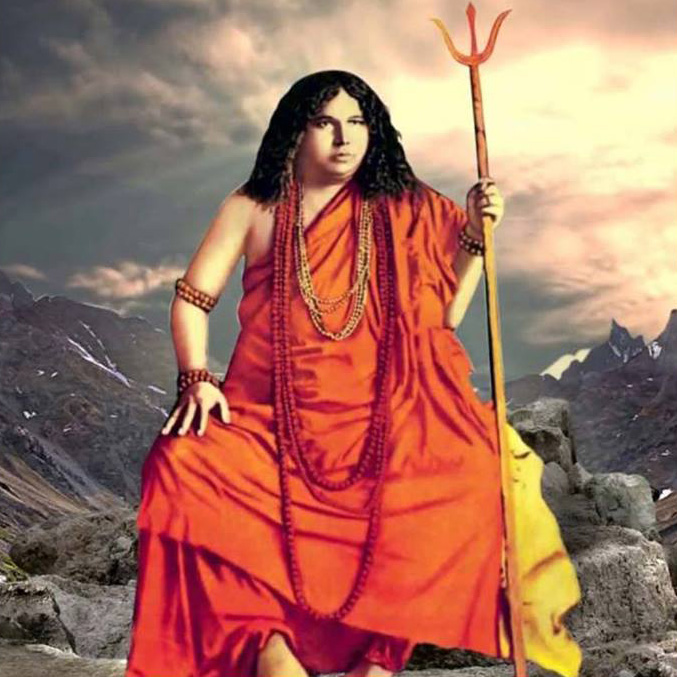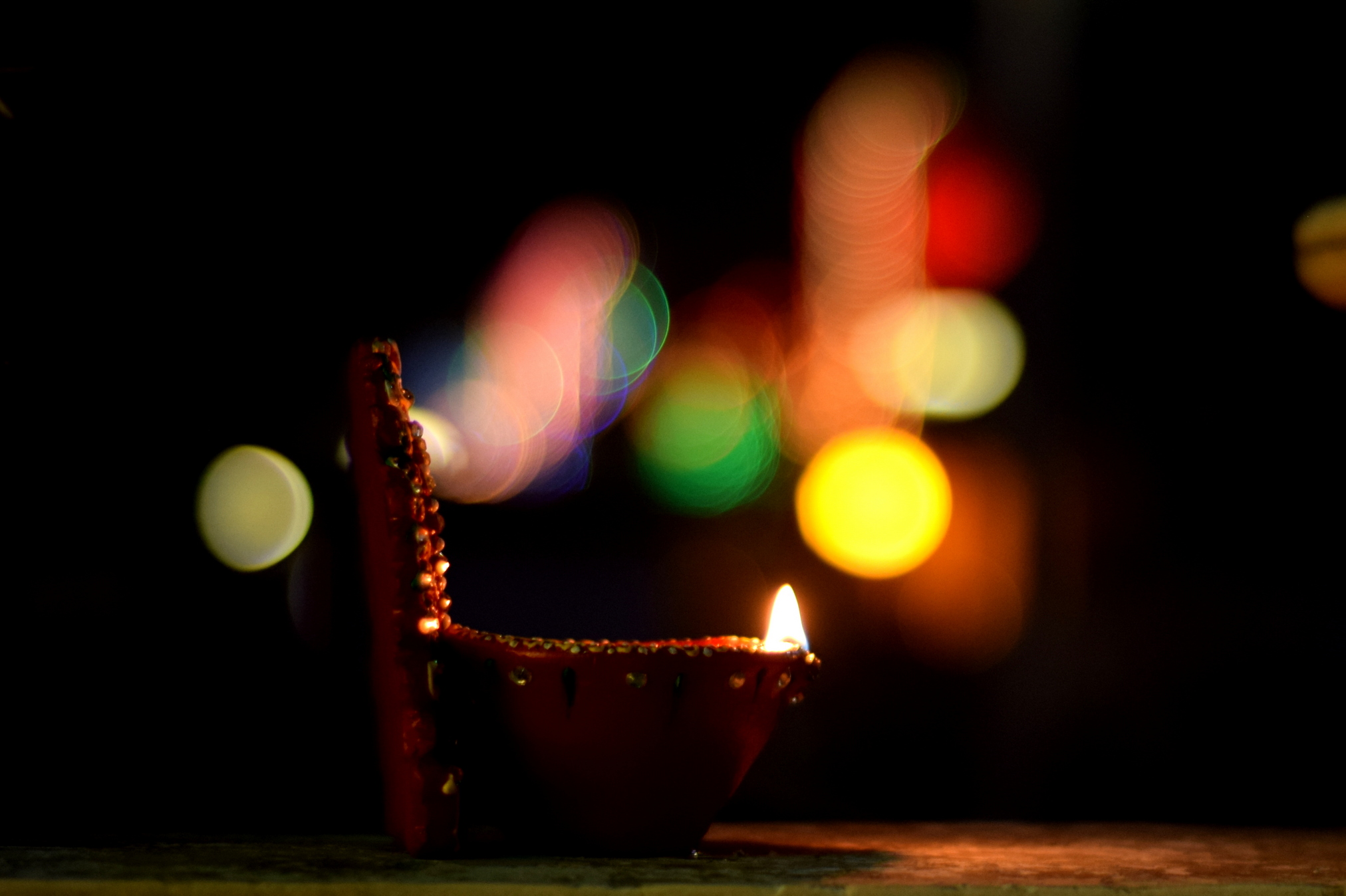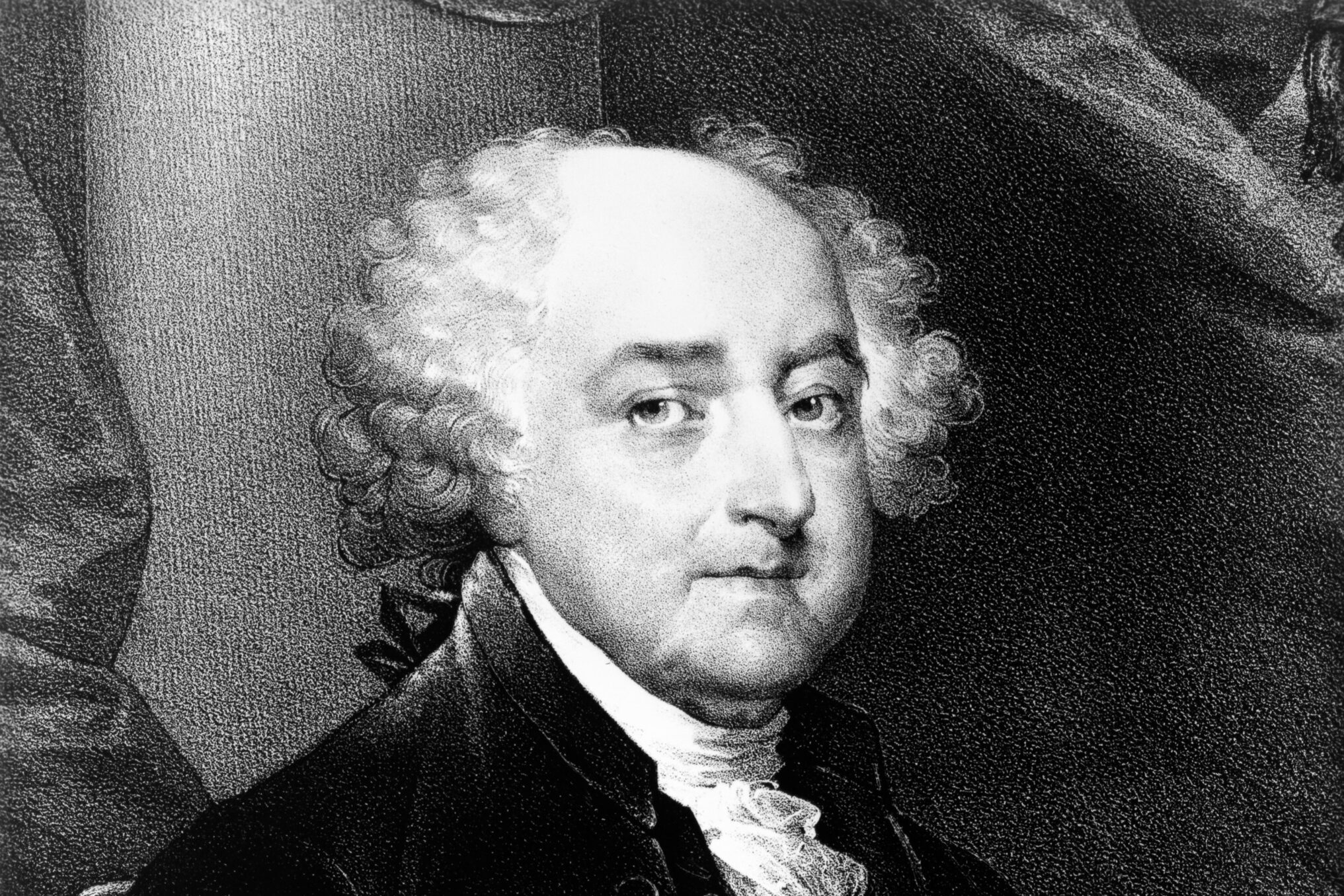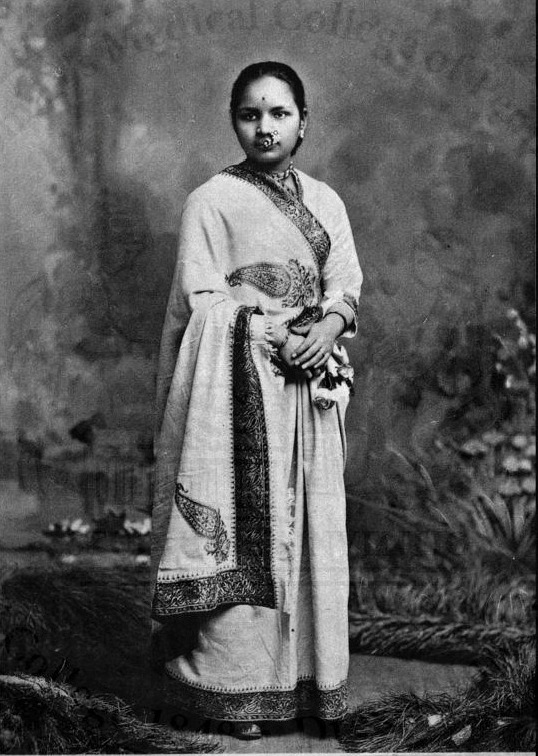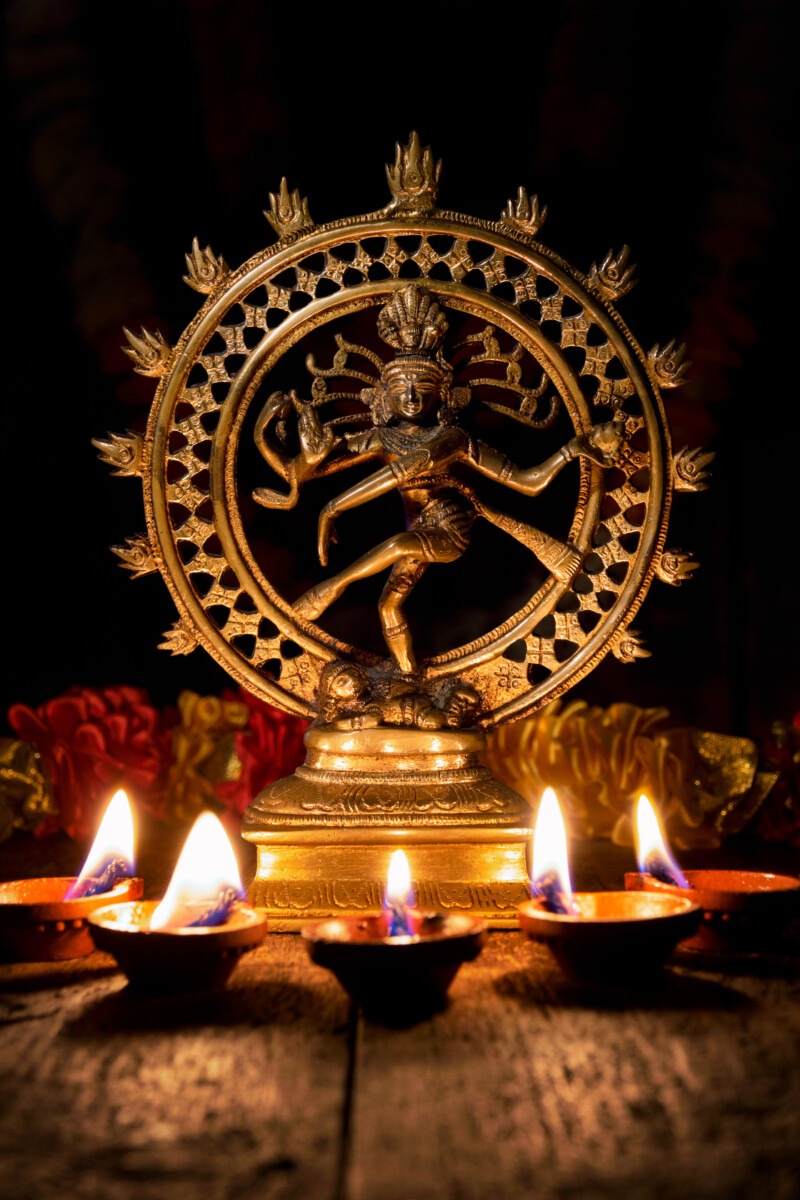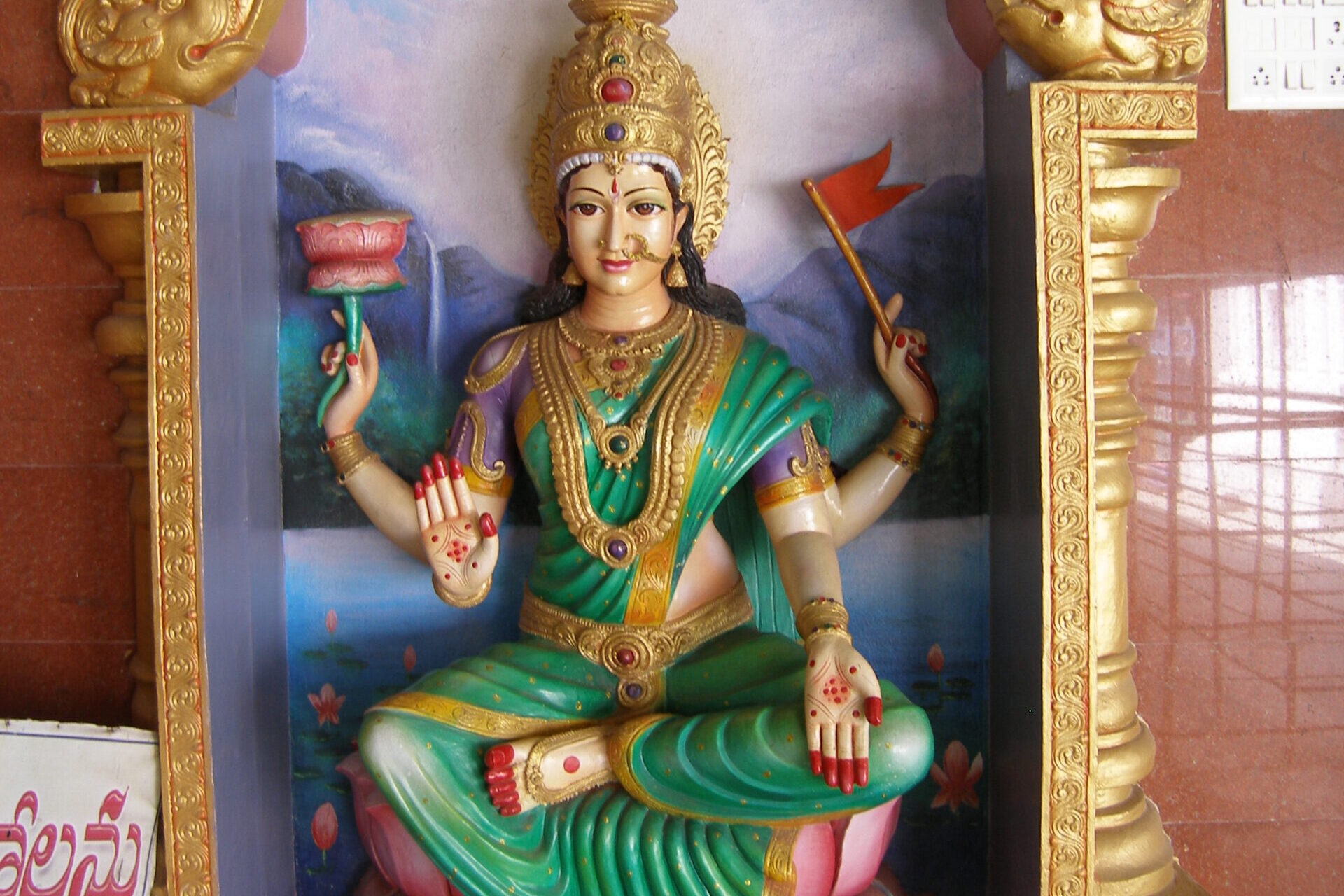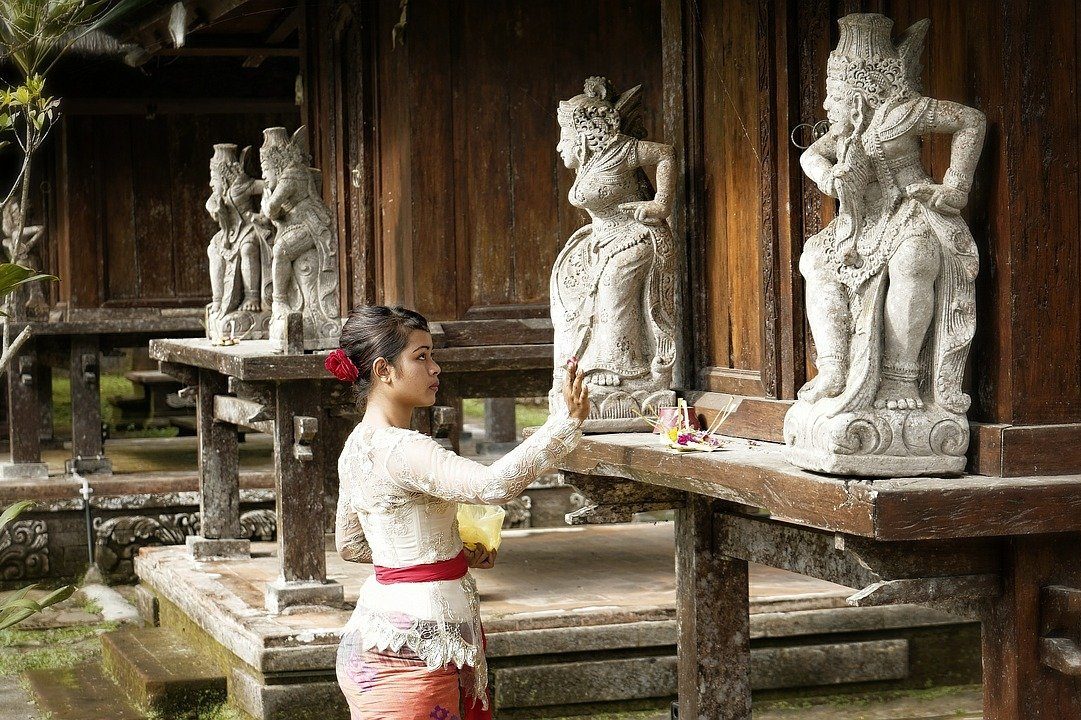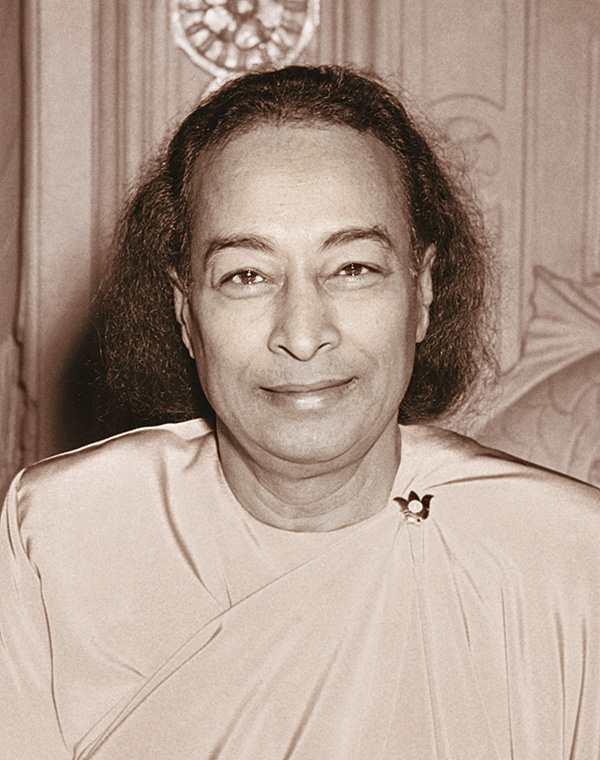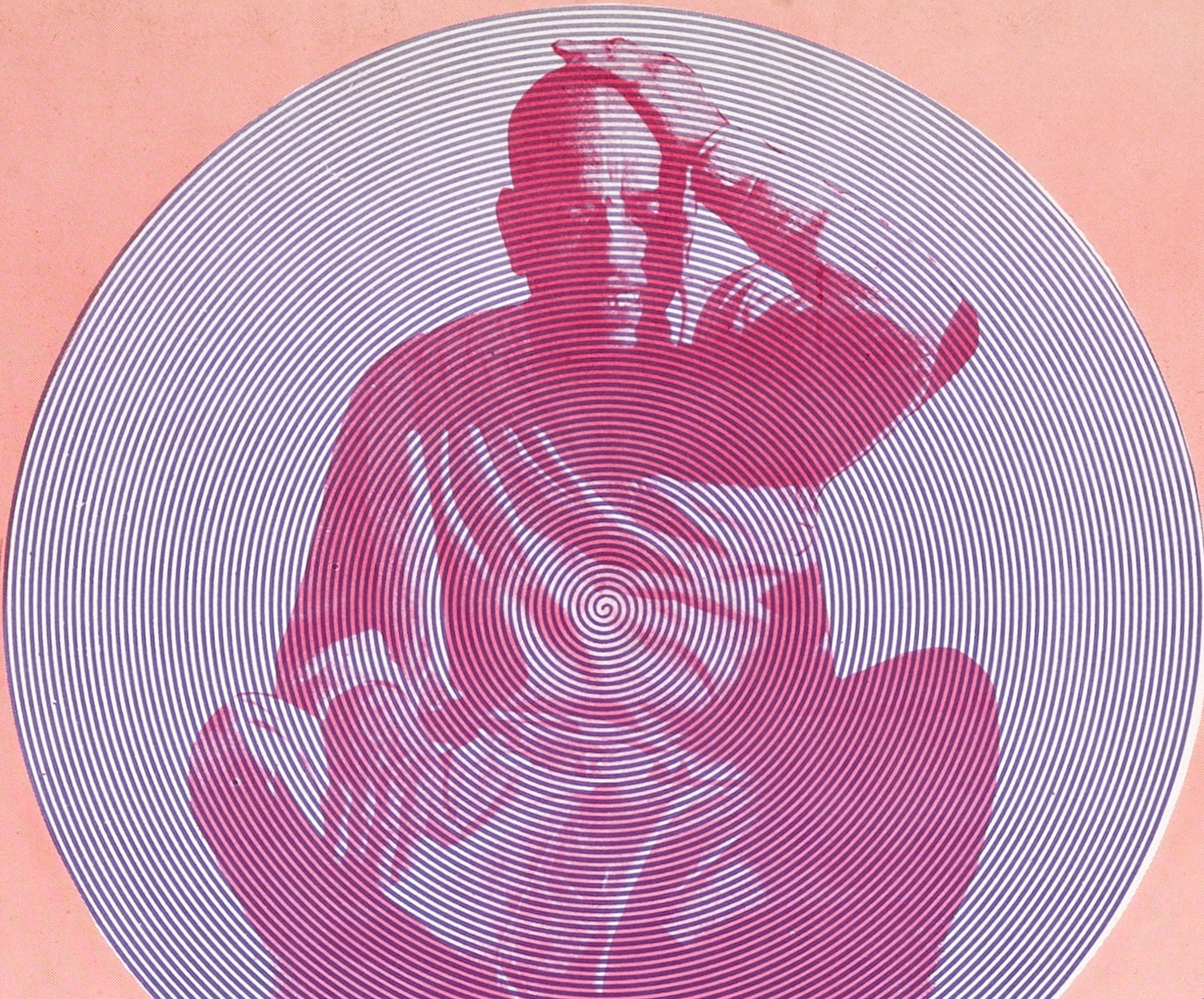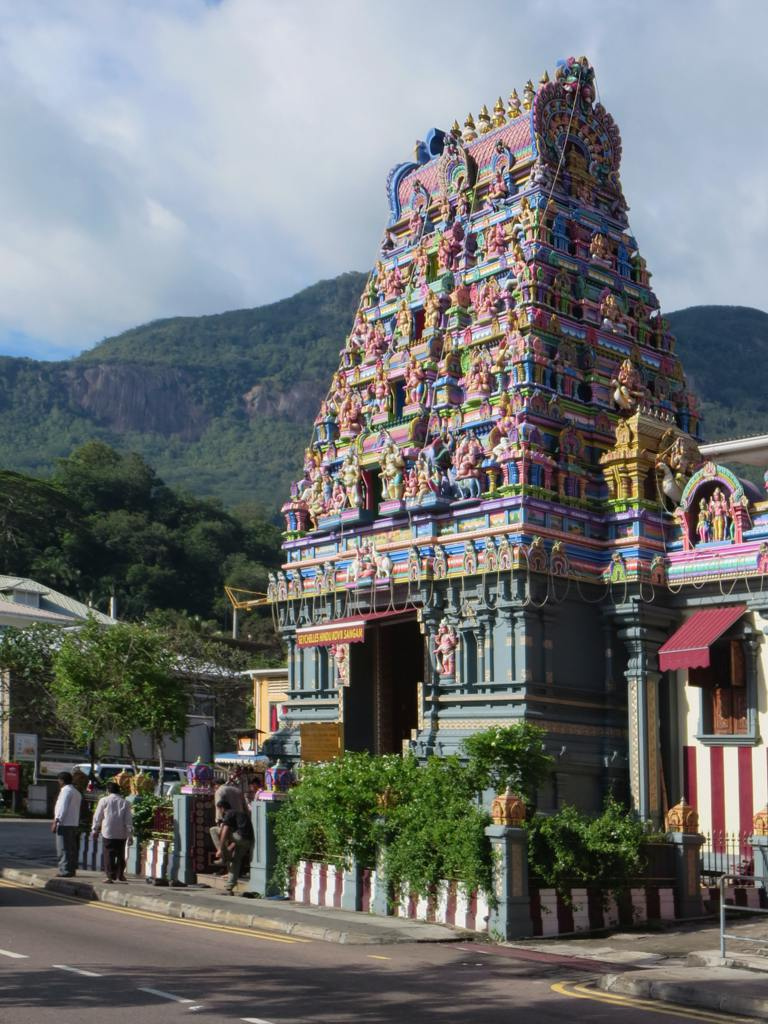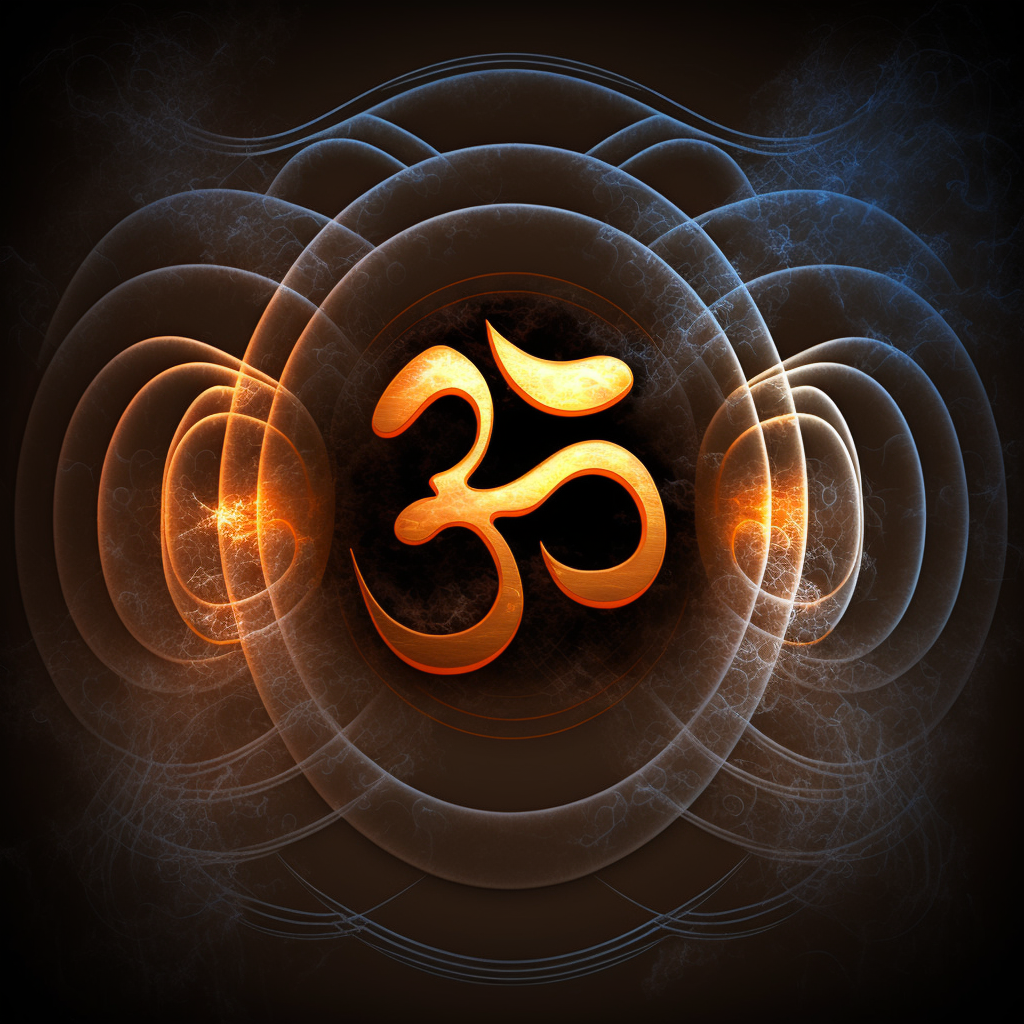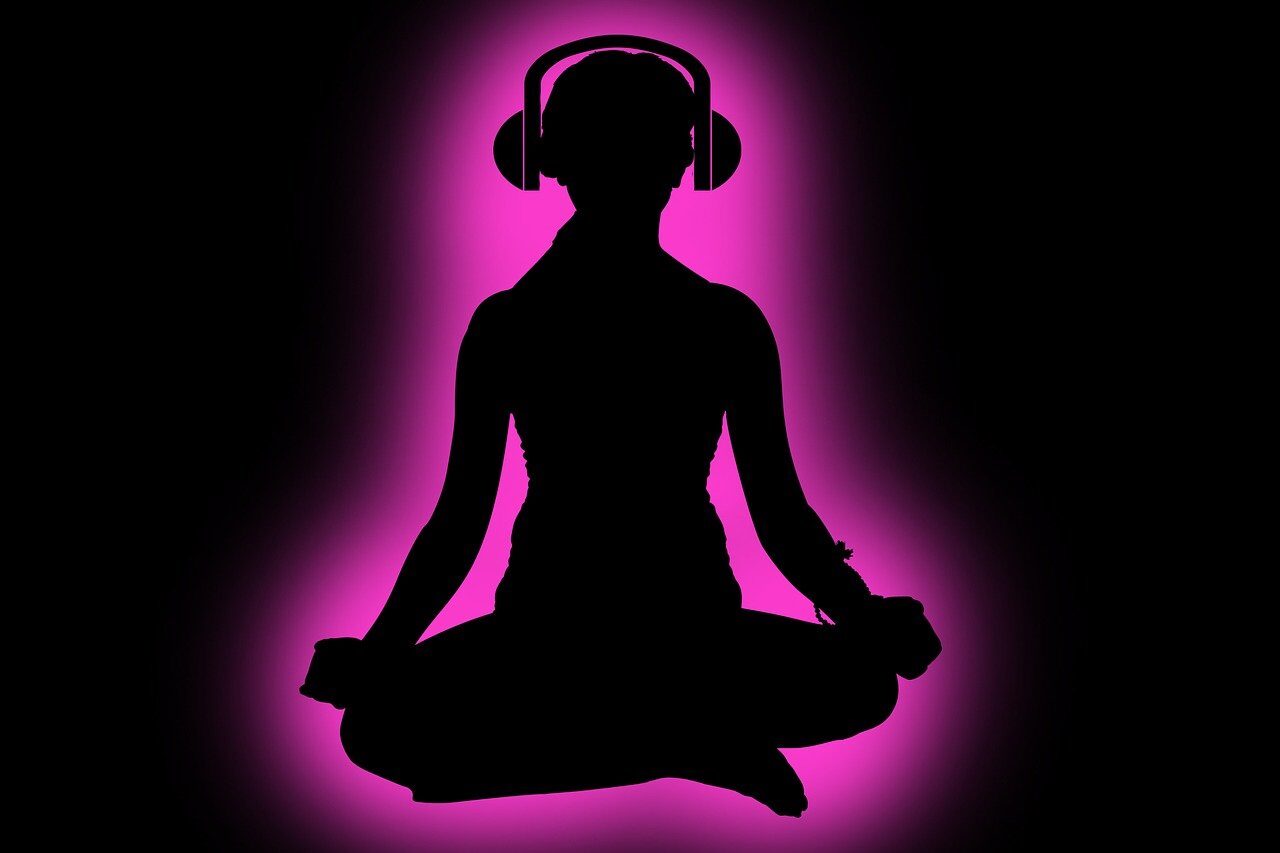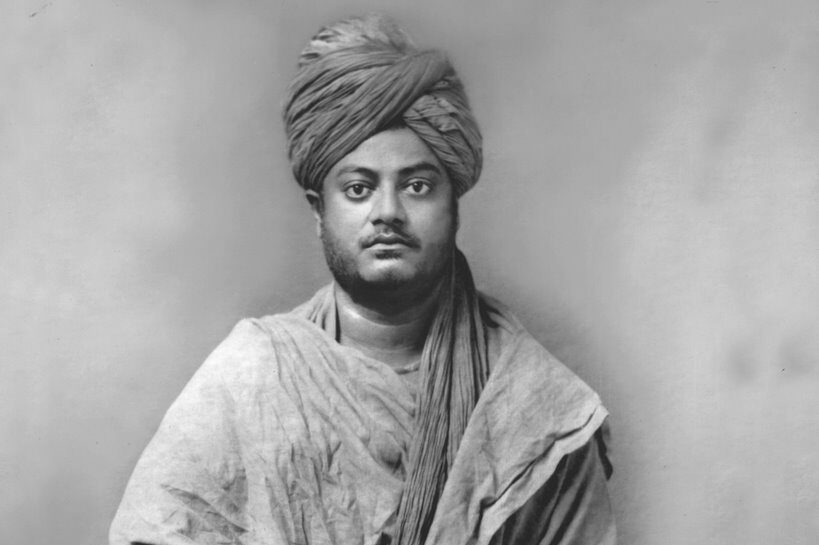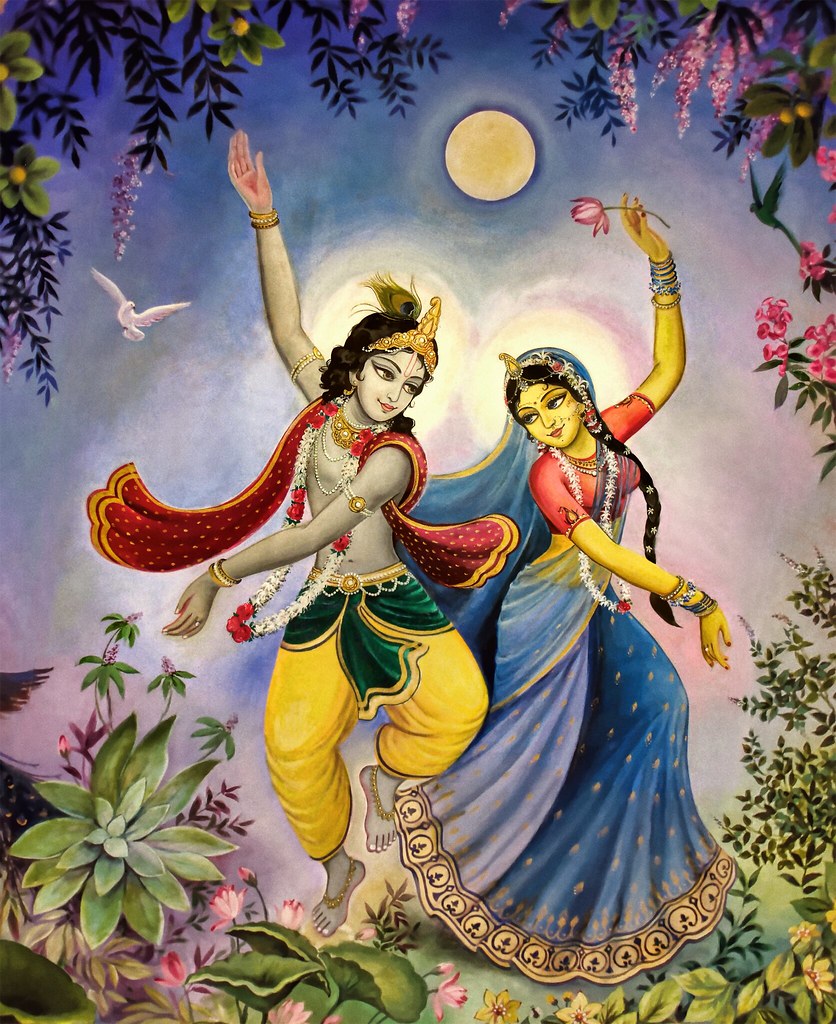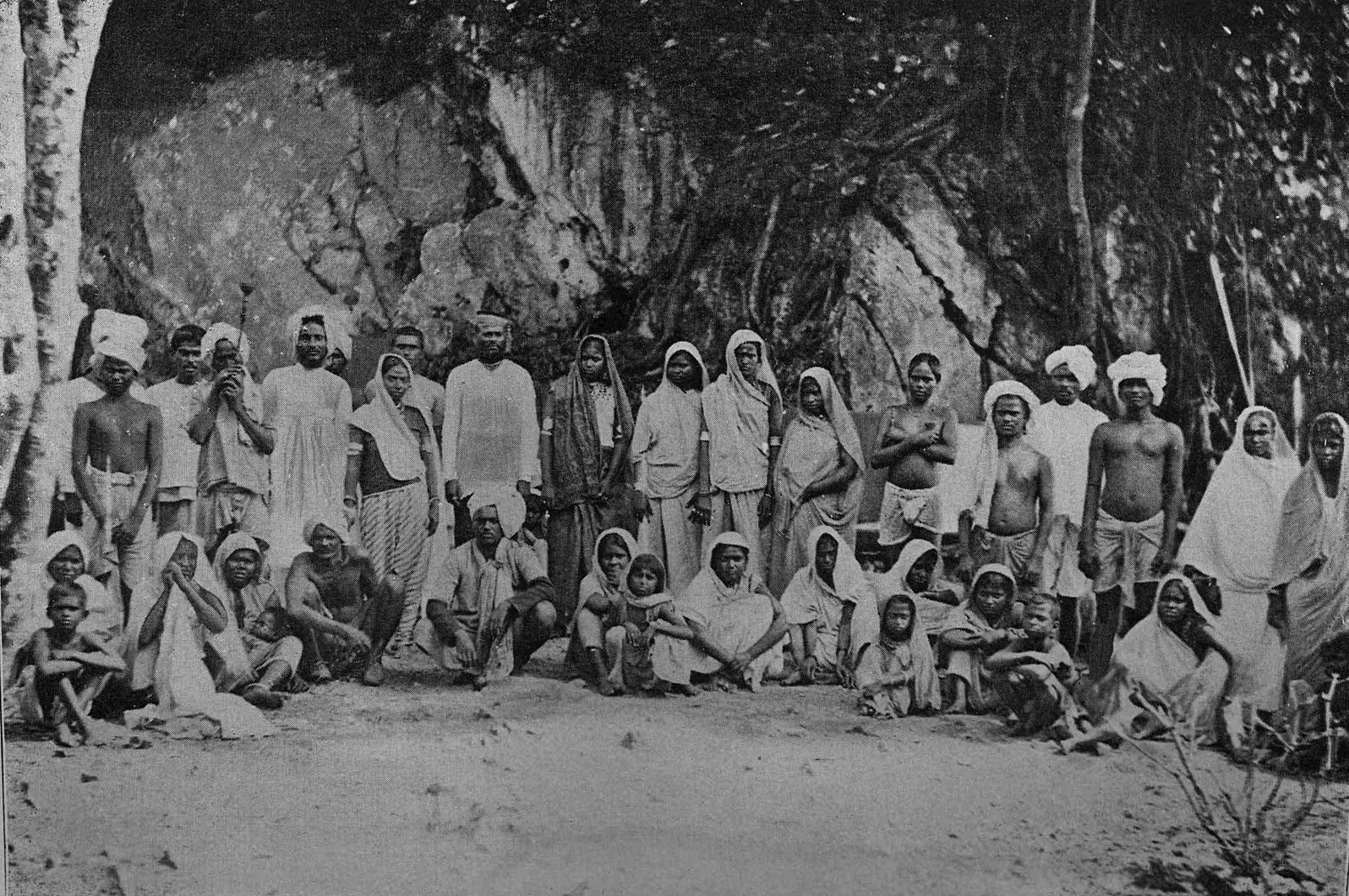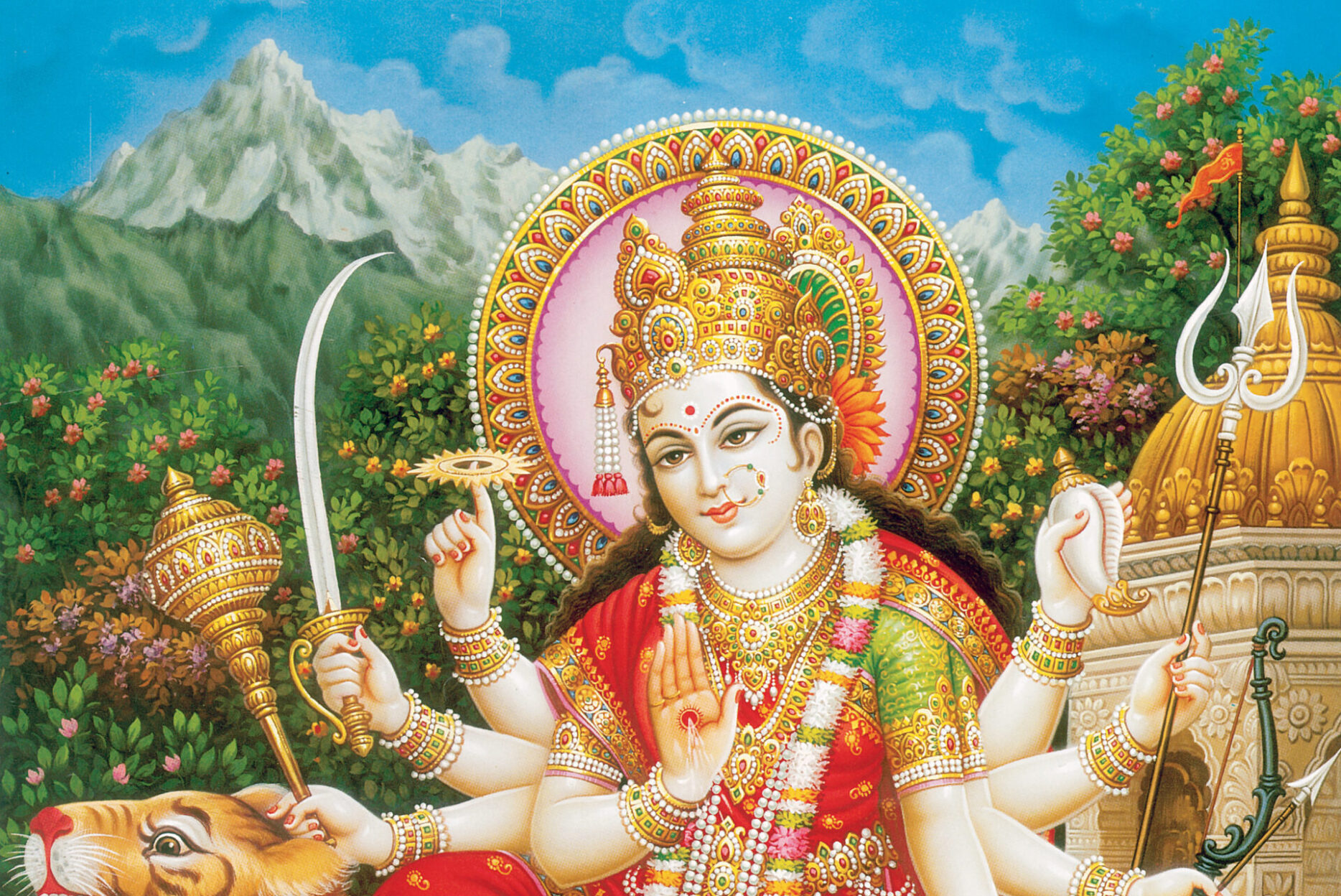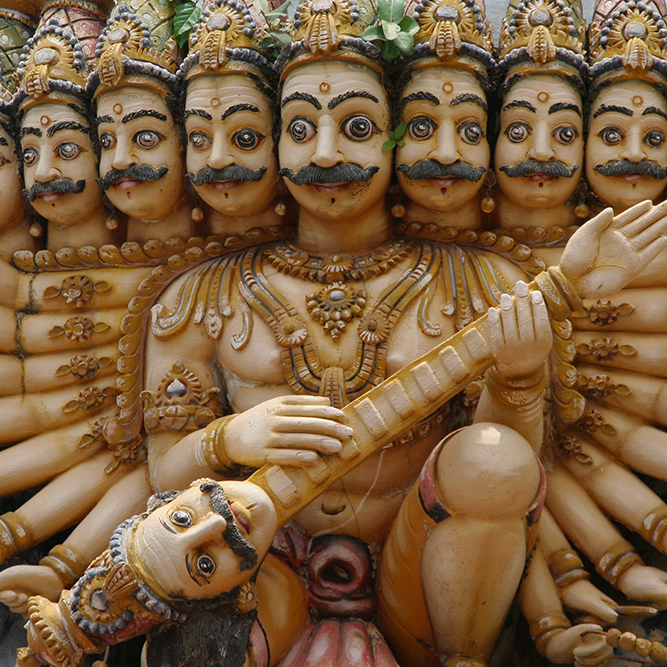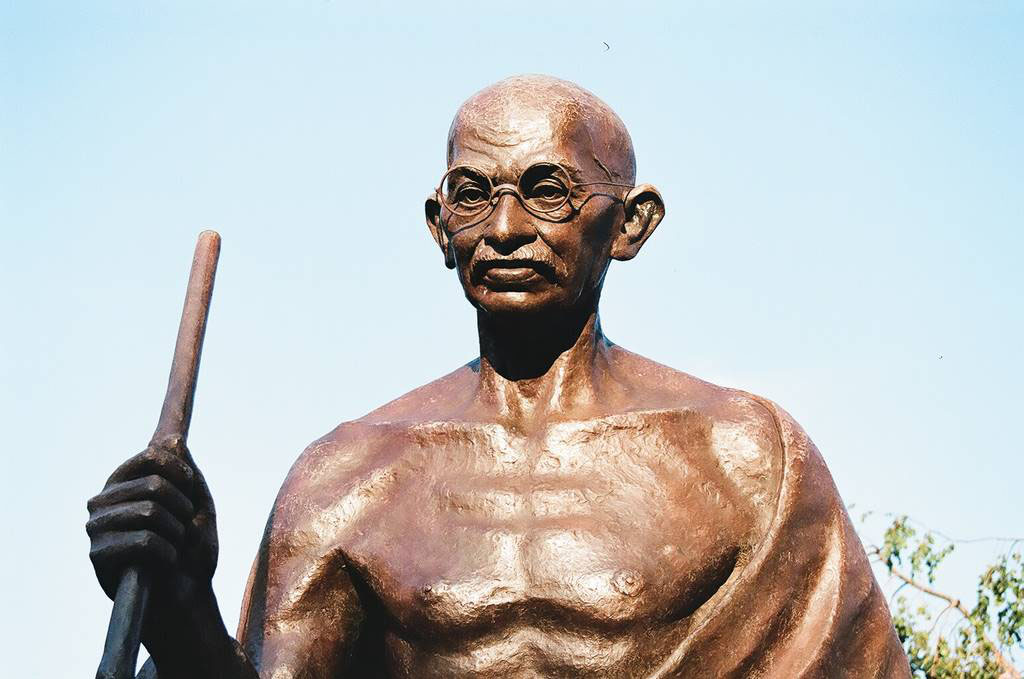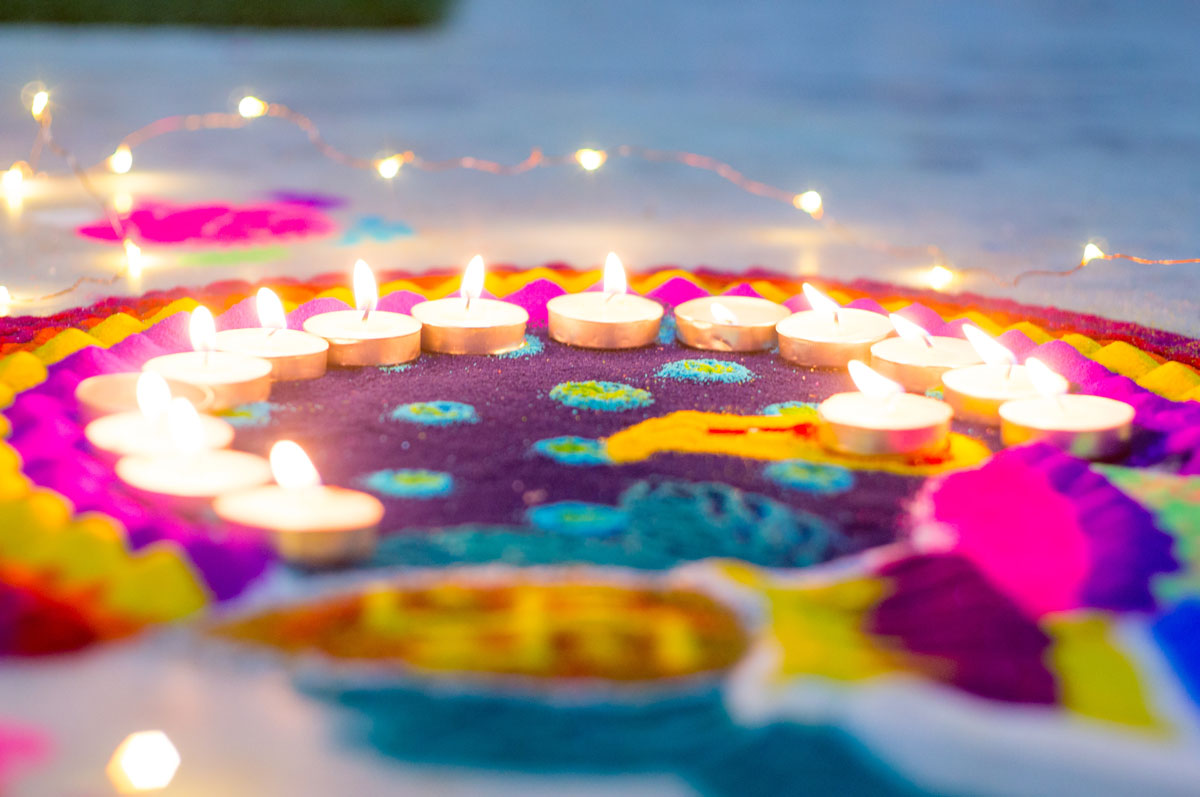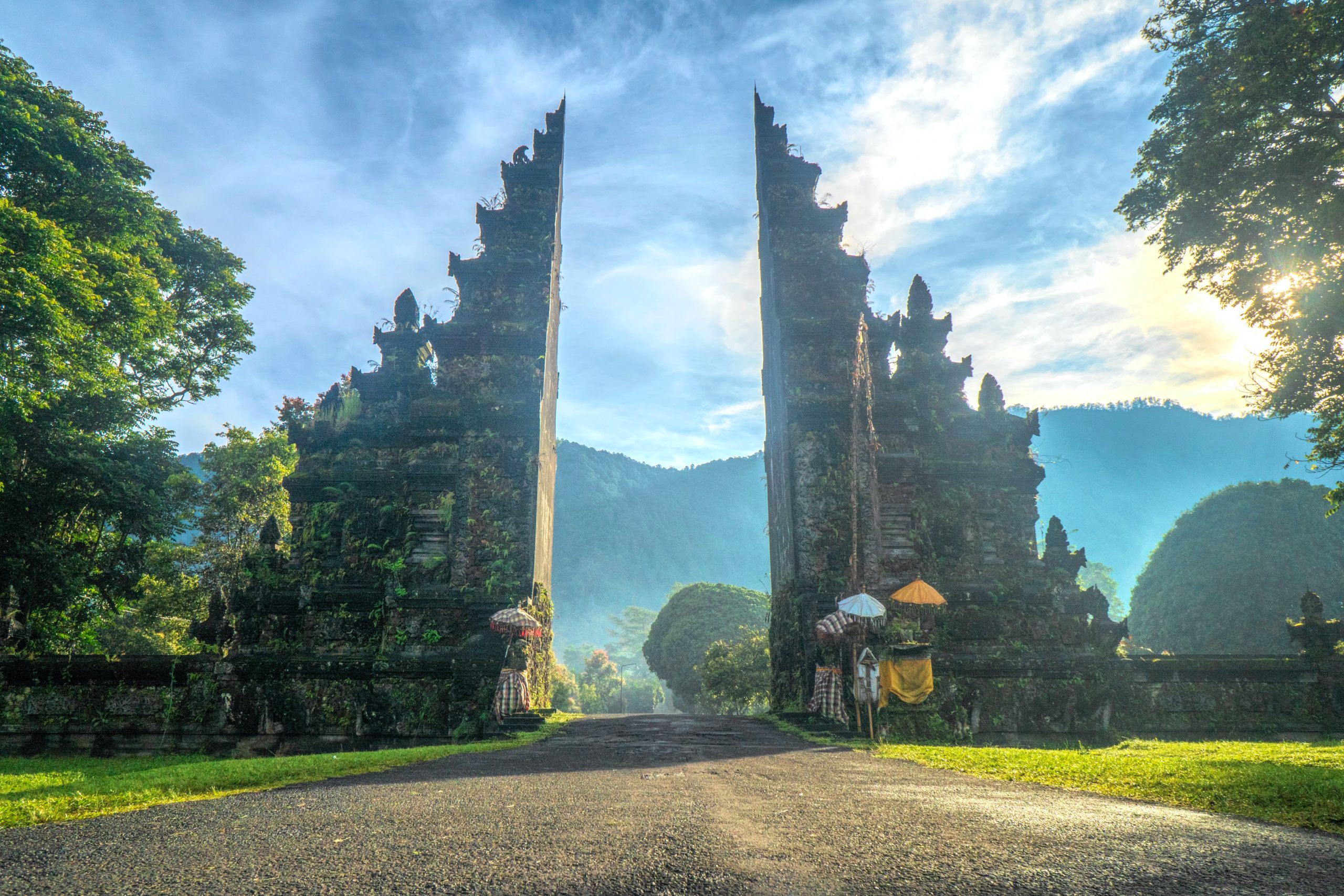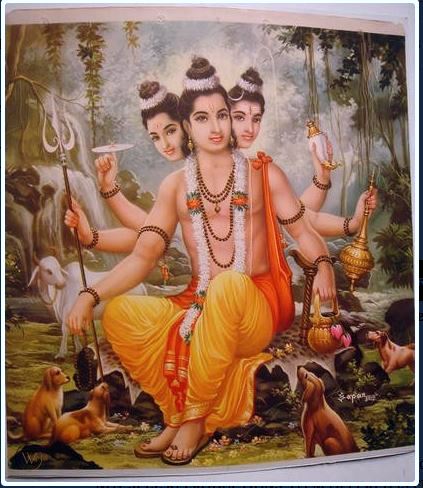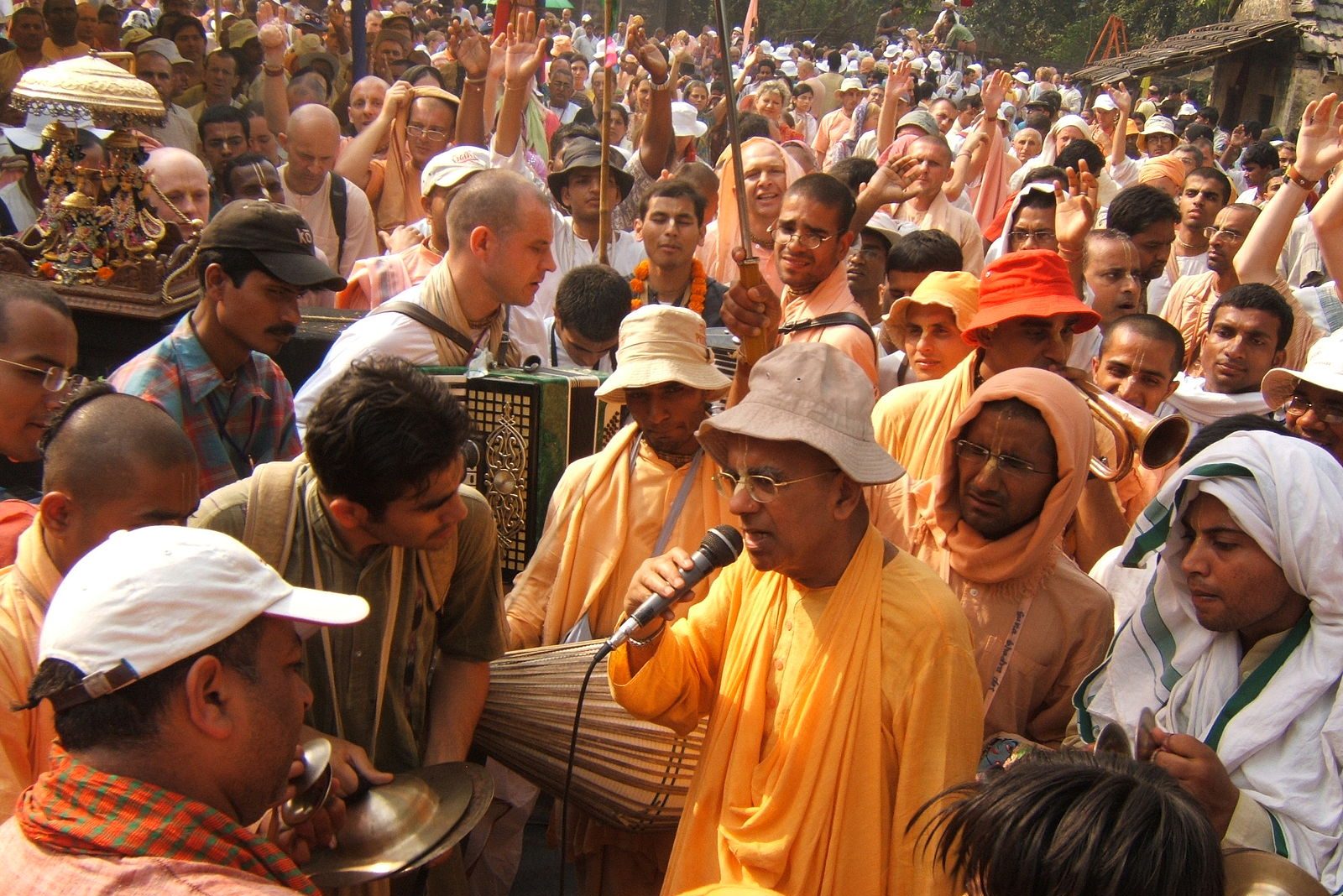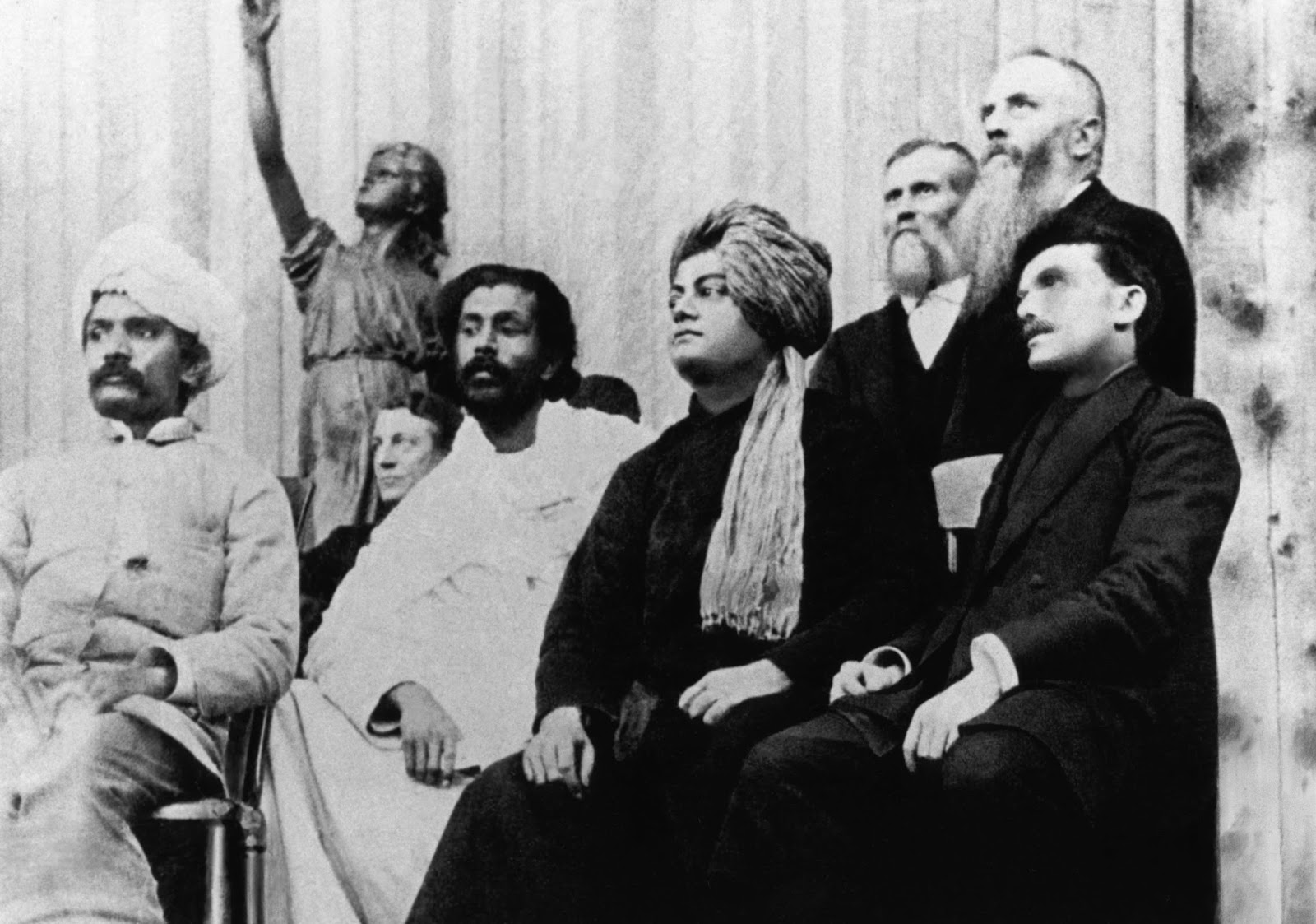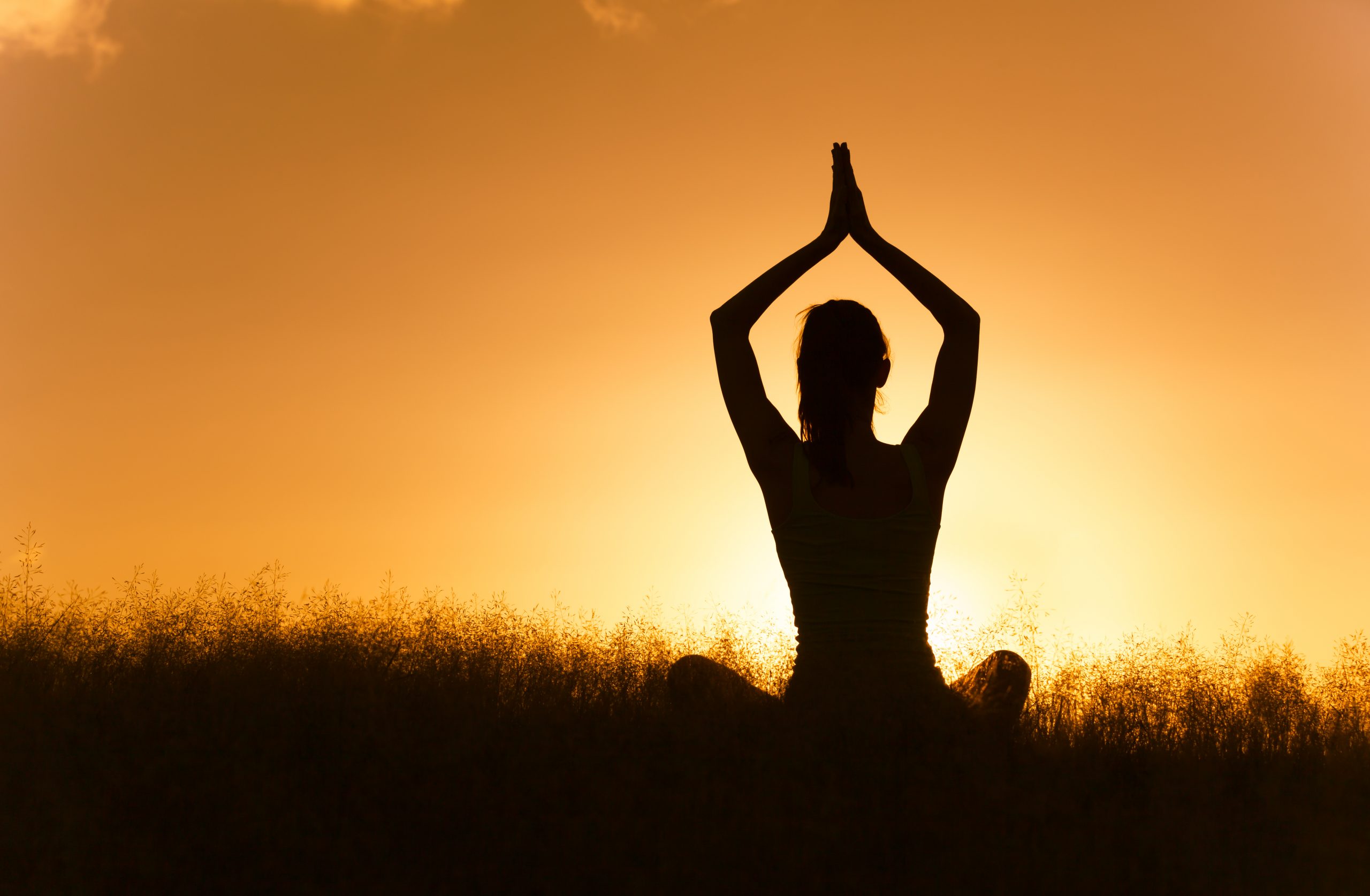
In the spring of 2010, HAF co-founder Dr Aseem Shukla and Dr Deepak Chopra had a public debate in Washington Post’s “On Faith” section on the origins of yoga. Since that time “On Faith” was closed down as part of the Washington Post, with the text of that debate unpublished. What follows is the next of Dr Shukla’s and Dr Chopra’s text, published between April 19 and April 23 of that year.
Aseem Shukla, April 18: The theft of yoga
Nearly 20 million people in the United States gather together routinely, fold their hands and utter the Hindu greeting of Namaste — the Divine in me bows to the same Divine in you. Then they close their eyes and focus their minds with chants of “Om,” the Hindu representation of the first and eternal vibration of creation. Arrayed in linear patterns, they stretch, bend, contort and control their respirations as a mentor calls out names of Hindu divinity linked to various postures: Natarajaasana (Lord Shiva) or Hanumanasana (Lord Hanuman) among many others. They chant their assigned “mantra of the month,” taken as they are from lines directly from the Vedas, Hinduism’s holiest scripture. Welcome to the practice of yoga in today’s western world.
Christians, Jews, Muslims, Pagans, agnostics and atheists they may be, but they partake in the spiritual heritage of a faith tradition with a vigor often unmatched by even among the two-and-a half-million Hindu Americans here. The Yoga Journal found that the industry generates more than $6 billion each year and continues on an incredible trajectory of popularity. It would seem that yoga’s mother tradition, Hinduism, would be shining in the brilliant glow of dedicated disciples seeking more from the very font of their passion.
Yet the reality is very different. Hinduism in common parlance is identified more with holy cows than Gomukhasana, the notoriously arduous twisting posture; with millions of warring gods rather than the unity of divinity of Hindu tradition — that God may manifest and be worshiped in infinite ways; as a tradition of colorful and harrowing wandering ascetics more than the spiritual inspiration of Patanjali, the second century BCE commentator and composer of the Yoga Sutras, that form the philosophical basis of Yoga practice today.
Why is yoga severed in America’s collective consciousness from Hinduism? Yoga, meditation, ayurvedic natural healing, self-realization — they are today’s syntax for New Age, Eastern, mystical, even Buddhist, but nary an appreciation of their Hindu origins. It is not surprising, then, that Hindu schoolchildren complain that Hinduism is conflated only with caste, cows, exoticism and polytheism — the salutary contributions and philosophical underpinnings lost and ignored. The severance of yoga from Hinduism disenfranchises millions of Hindu Americans from their spiritual heritage and a legacy in which they can take pride.
Hinduism, as a faith tradition, stands at this pass a victim of overt intellectual property theft, absence of trademark protections and the facile complicity of generations of Hindu yogis, gurus, swamis and others that offered up a religion’s spiritual wealth at the altar of crass commercialism. The Maharishi Mahesh Yogi, under whose tutelage the Beatles steadied their mind and made sense of their insane fame, packaged the wonders of meditation as Transcendental Meditation (TM) just as an entrepreneur from here in Minneapolis applied the principles of Ayurveda to drive a commercial enterprise he coined as Aveda. TM and Aveda are trademarked brands–a protection not available to the originator of their brand–Hinduism itself. And certainly these masters benefited millions with their contributions, but in agreeing to ditch Hinduism as the source, they left these gifts orphaned and unanchored.
The Los Angeles Times last week chronicled this steady disembodying of yoga from Hinduism. “Christ is my guru. Yoga is a spiritual discipline much like prayer, meditation and fasting [and] no one religion can claim ownership,” says a vocal proponent of “Christian themed” yoga practices. Some Jews practice Torah yoga, Kabbalah yoga and aleph bet yoga, and even some Muslims are joining the act. They are appropriating the collective wisdom of millenia of yogis without a whisper of acknowledgment of yoga’s spiritual roots.
Not surprisingly, the most popular yoga journals and magazines are also in the act. Once yoga was no longer intertwined with its Hindu roots, it became up for grabs and easy to sell. These journals abundantly refer to yoga as “ancient Indian,” “Eastern” or “Sanskritic,” but seem to assiduously avoid the term “Hindu” out of fear, we can only assume, that ascribing honestly the origins of their passion would spell disaster for what has become a lucrative commercial enterprise. The American Yoga Association, on its Web site, completes this delinking of yoga from Hinduism thusly:
“The common belief that Yoga derives from Hinduism is a misconception. Yoga actually predates Hinduism by many centuries…The techniques of Yoga have been adopted by Hinduism as well as by other world religions.”
So Hinduism, the religion that has no known origins or beginnings is now younger than yoga? What a ludicrous contention when the Yoga Sutras weren’t even composed until the 2nd Century BCE. These deniers seem to posit that Hinduism appropriated yoga so other religions may as well too! Hindus can only sadly shake their heads, as by this measure, soon we will read as to how karma, dharma and reincarnation — the very foundations of Hindu philosophy — are only ancient precepts that early Hindus of some era made their own.
The Hindu American Foundation (Disclosure: I sit on the Foundation’s Board) released a position paper on this issue earlier this year. The brief condemns yoga’s appropriation, but also argues that yoga today is wholly misunderstood. Yoga is identified today only with Hatha Yoga, the aspect of yoga focused on postures and breathing techniques. But this is only one part of the practice of Raja Yoga that is actually an eightfold path designed to lead the practitioner to moksha, or salvation. Indeed, yogis believe that to focus on the physicality of yoga without the spirituality is utterly rudimentary and deficient. Sure, practicing postures alone with a focus on breathing techniques will quiet the mind, tone the body, increase flexibility — even help children with Attention Deficit Disorder — but will miss the mark on holistic healing and wellness.
All of this is not to contend, of course, that yoga is only for Hindus. Yoga is Hinduism’s gift to humanity to follow, practice and experience. No one can ever be asked to leave their own religion or reject their own theologies or to convert to a pluralistic tradition such as Hinduism. Yoga asks only that one follow the path of yoga for it will necessarily lead one to become a better Hindu, Christian, Jew or Muslim. Yoga, like its Hindu origins, does not offer ways to believe in God; it offer ways to know God.
But be forewarned. Yogis say that the dedicated practice of yoga will subdue the restless mind, lessen one’s cravings for the mundane material world and put one on the path of self-realization — that each individual is a spark of the Divine. Expect conflicts if you are sold on the exclusivist claims of Abrahamic faiths — that their God awaits the arrival of only His chosen few at heaven’s gate — since yoga shows its own path to spiritual enlightenment to all seekers regardless of affiliation.
Hindus must take back yoga and reclaim the intellectual property of their spiritual heritage — not sell out for the expediency of winning more clients for the yoga studio down the street.
Deepak Chopra responds, April 23: Sorry, your patent on yoga has run out
In his recent article for On Faith, Aseem Shukla laments the disconnect between yoga and its origins in Hinduism. He’s certainly right that the practice of Yoga has become a “spiritual discipline” that is open to anyone of any faith. But it’s strange to find him disapproving of this fact, for several reasons.
First, yoga is a spiritual discipline in India, and always has been. The aim of the practice is liberation. When liberation occurs, the yogi is freed from the religious trappings that enclose Yoga. Those trappings have always been incidental to the deeper aim of enlightenment.
Secondly, yoga did not originate in Hinduism as Prof. Shukla claims. Perhaps he has a fundamentalist agenda in mind, but he must know very well that the rise of Hinduism as a religion came centuries after the foundation of yoga in consciousness and consciousness alone. Religious rites and the worship of gods has always been seen as being in service to a higher cause, knowing the self.
Beneath Shukla’s complaints one detects the resentment of an inventor who discovered Coca-Cola or Teflon but neglected to patent it. Isn’t that a rather petty basis for drawing such a negative picture? Most Indians, when they contemplate the immense popularity of yoga in the U.S. may smile at the pop aspects of the phenomenon but feel on the whole that something good is happening. Shukla regards the same scene with a withering frown.
If you strip away his sour mood and questionable assumptions, I think Shukla’s real lament is like that of Jews who see the young fleeing from the old ways and Christians sitting in half-empty churches. To him it could be said what is often said to these other religionists. Maybe it’s you who haven’t found a way to keep the temples, synagogues, and churches full. That’s a very different matter form the millions who are finding a spiritual path on their own, outside organized religion. If yoga serves them, we should be celebrating any step of progress being made, through whatever means.
Shukla responds, April 28 : Dr. Chopra, honor thy heritage
Deepak Chopra’s rejoinder to my column on the appropriation of yoga presents a veritable feast of delicious irony. Indeed, Chopra is the perfect emissary to fire a salvo against my assertion that delinking Hinduism from its celebrated contributions to contemporary spiritual dialogue–yoga, meditation, Ayurvedic healing, the science of self-realization–renders a rich tradition barren and unrecognizable to its adherents.
The right messenger because Chopra is a principal purveyor of the very usurpation I sought to expose. And we cannot discount his self-interest in this issue, considering the empire of wellness he has built on the foundations of what else, essential knowledge passed on by generations of Hindu masters—yoga, ayurveda and Vedanta.
A prolific writer and gifted communicator, Chopra is perhaps the most prominent exponent of the art of “How to Deconstruct, Repackage and Sell Hindu Philosophy Without Calling it Hindu!” To Larry King, he has described himself as an “Advaita Vedantin”–one of the major philosophical schools of Hinduism. Yet none of the plethora of his book titles, that include several devoted to Jesus and one entire book devoted to the Buddha, even skirt the word “Hindu.” His Web site is devoted to selling products and literature related to yoga, meditation and ayurveda, but Hinduism, of course, bears no mention.
The contention that yoga’s foundation is “in consciousness alone,” thereby preceding Hinduism, is a sad demonstration of the extent Chopra and other Hindu philosophical profiteers will go to disassociate themselves from Hinduism. But Hindus are on to this tactic now. For Hinduism’s most sacred scripture, the Vedas, are deeply believed to be the accumulation and transcription of the existential contemplations, and experiences, of rishis–the primordial yogis. The rishis did not call themselves Hindu, but would Chopra claim that the Vedas they composed are not Hindu? The moniker “Hinduism” is of relatively recent origin, but it is accepted today as a handy substitute for the perhaps more accurate but difficult to pronounce name, Sanatana Dharma, the eternal religion. That reality does not separate yoga from Hinduism any more than it separates the Vedas or Bhagawad Gita from Hinduism. The Vedas and yoga are synonymous and as eternal as they are contemporaneous.
Chopra will know very well that Hinduism has six schools of thought: sankhya, nyaya, vaisheshika, mimasa, vedanta and yes, yoga. Hinduism and yoga are inextricably intertwined, and the dedicated practice of yoga is absolutely a Hindu practice. As I have written, Hinduism being avowedly pluralistic, requires no membership, affiliation or oath of loyalty to borrow, and yes, benefit, from its sacred wisdom. All Hindus are asking today is that the wellspring of yoga and other practices that Chopra and others appropriate wildly, should be acknowledged and honored. Chopra’s platform gave him an opportunity to honor the spiritual tradition that informs his message, but it seems clear that he would rather take the ripe transcendent fruits of Hinduism leaving it with the detritus of perceived social evils.
Frustratingly, also, Chopra takes the disingenuous path of impugning a “fundamentalist” agenda to my contentions. Chopra knows well that eliciting the bogey of communalism is a ploy to drag the narratives of polarizing politics from India into this conversation. I reject the insincere and cynical ploy. If advocacy of a tradition is fundamentalism, every one of my co-panelists on this site are guilty.
I do not begrudge Chopra his runaway success, but an occasional nod to his spiritual heritage would be much appreciated. Hindus are thrilled that all of humanity is now benefiting from the accumulated wisdom of the ancients–Chopra and others are doing their part to make that happen–but the guilt of plagiarism carries no statute of limitations, and Hindus are wise to the machinations of the pretenders.
Chopra responds, April 28: Yoga belongs to all of us:
Although Prof. Aseem Shukla has got the bit between his teeth, I doubt that there’s much enthusiasm for his ideas. If there is a movement to return yoga to its Hindu roots, it speaks in a whisper. I’ve never encountered it in India. Having loaded his quiver, what target is Shukla firing at? Nobody is stopping Hindus from claiming yoga as their own. Christians can claim prayer as their invention if they want to. It wouldn’t make the claim less false — sensible people accept that prayer is universal.
Shukla didn’t refute my basic argument, which is that yoga is a practice rooted in consciousness, not proprietary religion. The great seers of India didn’t simply precede the term “Hindu,” as Shukla likes to imagine. They preceded dogmatic religion itself, which is why the ideal of yoga is to leave dogma and ritual behind. In the state of liberation (Moksha), why would anyone feel more tied to Hinduism? That’s like feeling tied to catechism when you’ve reached Heaven. Shukla wants Hinduism to be self-serving, which is why he is so intent on keeping the membership roster strong. Thank goodness Hinduism’s real interest is to open the way to a higher reality. The true success of Hinduism is measured by how many members transcend it, not by how many slavishly follow it.
Of course, being an organization of sorts, and a highly fallible one, Hinduism falls short of its ideal of Sanatana Dharma. It becomes tribal, self-enclosed, and one-eyed about being the only way to God. Shukla is proud of promoting those parochial ends when he shouldn’t be. The fact that yoga belongs to the whole world represents a great gift from Hinduism, not a loss.
I must repeat, that yoga did not originate in Hinduism. This isn’t a debating point, since no one to my knowledge has ever claimed that Hinduism came before yoga. Shukla’s notion that the Vedas are a Hindu product also comes out of left field. Editions of the Vedic texts have authors that have given rise to Hindu lineages, but that doesn’t make those rishis Hindu as such. Just as it doesn’t make sense to call Jesus and the writers of the Christian Gospels, followers of the Southern Baptist or Lutheran faith.
I’m sure that our readers have zero interest in the scholarly niceties of this subject, but even a cursory knowledge of ancient India reveals that before what we call Hinduism, there was a Vedic civilization that upheld the principles of Sanatana Dharma through the knowledge of yoga and self-realization, yet did not have the orthodox trappings of Hinduism.
I’m happy that Prof. Shukla isn’t the most strident of fundamentalists. He seems rather bemused where most of his kind are zealous. I forgive the potshots taken at me. Other than bandying about a few rumors, half-truths, and nonsense related to my career, he seems unaware of my deep involvement in reawakening of Vedanta, Ayurveda, and many other aspects of India’s spiritual tradition, or the recognition this has earned me in my homeland.
In the spirit of friendliness, I would like to find common ground with Prof. Shukla in the term Sanatana Dharma-the eternal wisdom of life. Whether he calls it Hinduism or I call it Vedic knowledge, I believe ultimately we are both referencing the same body of universal knowledge that has always stood for benefiting the whole human family. Vasudhaiva Kutumbakam -the world is one single family.
Shukla responds, April 30: Hinduism and Sanatana Dharma: One and the same
I will take Dr. Deepak Chopra at his word where he seeks to find common ground in our virtual debate as to the origins of yoga. Not willing to identify himself as a Hindu, Chopra is content to accept the term, Sanatana Dharma, as the source of yoga and the Vedantic wisdom he propagates. “Yoga belongs to the whole world [and] represents a great gift from Hinduism…,” he writes.
This is indeed a momentous step in our exchange, as Chopra now agrees that all the eternal wisdom–including yoga!–that he cherishes, packages and distributes may have come out of the “consciousness” of Hindu saints and masters of yesterday and today.
Chopra is hardly the first to find it hard to openly identify himself a Hindu–perhaps cannot at the cost of compromising a solipsistic empire–just as Eckhart Tolle eschews the term “Hindu” while he admittedly parlays the copious works of the towering contemporary Advaita Vedanta Hindu master, Sri Ramana Maharshi. But readers here may know well that the term “Hindu” is simply the 12th century Persian abstraction referring to the people they found espousing Sanatana Dharma–the eternal way of life lived since time immemorial by the Indic civilization extant on the banks of the Indus (therefore Hindu) river. And over the ensuing years, the diverse followers of Sanatana Dharma that believed, as their progenitors always had, in the scriptural sanctity of the Vedas, in one all-pervasive Supreme Being which manifests and is worshiped in infinite forms or no form, the laws of karma, dharma, reincarnation and the ultimate goal of liberation, moksha, accepted the moniker of Hinduism.
Today, Sanatana Dharma and Hinduism are synonymous, and Chopra and I both agree that yoga is both part of and beyond this tradition. Indeed, we also agree that dharma is the means to the goal of self-realization, a transcendent state where ego, names, religion and identity are all superfluous. But therein lies the greatest point of contention between myself and Chopra.
For Chopra incomprehensibly condemns Hinduism as “tribal” and “one-eyed about being the only way to God,” while I celebrate Hinduism as the original paragon of pluralism whose Vedas recognized eons ago that “Ekam Sat Viprah Bahudha Vadanti,” or Truth is One, the wise call it by many names.
I am left stunned that Chopra would consider Hinduism to be “dogmatic” or “proprietary.” Take not my words to define Hindu pluralism, but accept, the words of Swami Vivekananda’s translation of a Vedic hymn that he delivered at the first World Parliament of Religions in 1893 as a self-described Hindu monk, “As the different streams having their sources in different places all reach the sea, so also paths which men take through different tendencies, various though they appear, crooked or straight, all lead to Thee.”
Chopra conflates Hinduism with “orthodox trappings” when I see a tradition of infinite possibilities, indeed yogas, suited to the inclinations of the seeker: bhakti yoga, or devotion, for those passionate in their love for God; gyana yoga, or the path of knowledge for the contemplative and karma yoga for the active and industrious.
Chopra and I share an affinity to Sanatana Dharma, or Hinduism, but our narratives clearly diverge. An immigrant from India, he was not born and raised in the United States as was I. He never faced the innocently cruel queries of classmates that I faced and my children still answer today. “Do you speak Hindu too?”; “I saw on Indiana Jones and the Temple of Doom that you Hindus eat monkey brains”; “You don’t pray, you’re not Christian”; “My father told me you’re going to hell because you believe in millions of gods.”
My work now, at the Hindu American Foundation for example, is simply to answer such questions on a national stage and provide the perspectives of those who claim Hinduism as their own. Chopra can talk of faith in the intellectual gobbledygook of New Age platitudes, but I would caution that such manifest evasion endangers credibility when readers seek wisdom from a guru who is authentic, sincere and engaged in their daily reality.
Our argument should not be defined over parsing of the terms “Sanatana Dharma” and “Hindu”, or treating the latter as some sort of dreaded “H-word,” but recognizing, perpetuating and sharing the sublime contributions–like yoga–of our common progenitors. There are no Sanatana Dharmists or Vedantins in today’s world, but only a billion people around the globe and 2 million in the U.S. who call themselves Hindu. So the movement to claim yoga’s Hindus roots does not merely speak in a whisper — it is a silent majority finally beginning to find its voice. And in doing so, if Hinduism is better understood and appreciated along the way, children facing those questions I faced, may just answer a bit more clearly and, yes, proudly, adding another important layer to America’s pluralism.


